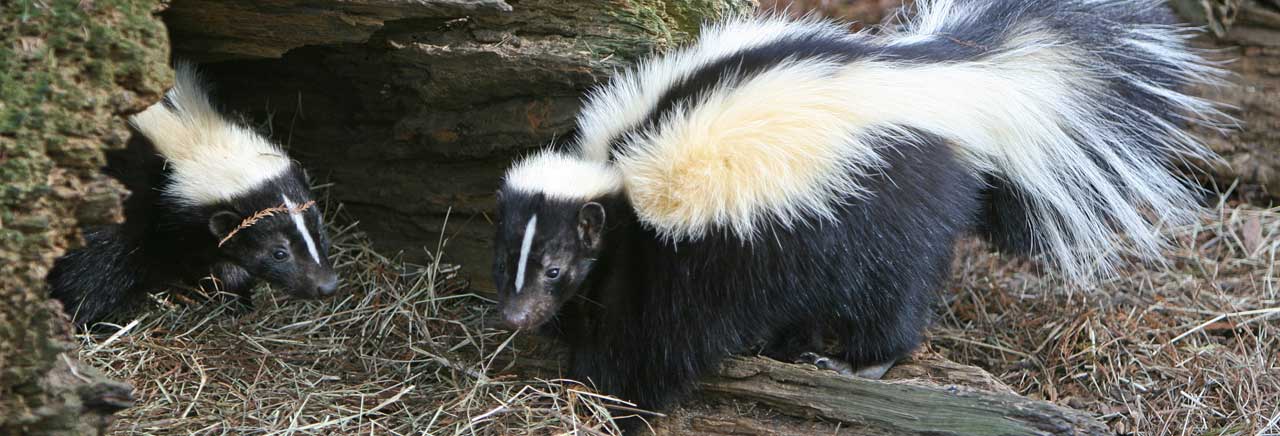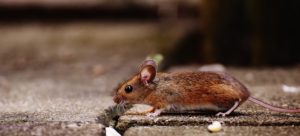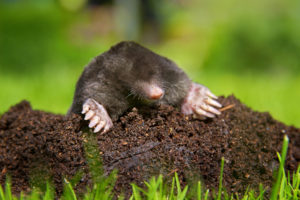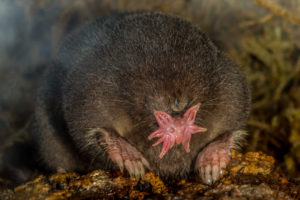Receiving the rabies vaccine is an unpleasant experience. Len, our owner, and operator has experienced these vaccines.
Rabies is a complex topic, so we’ll start with the basics. Rabies is a disease caused by a virus. Furthermore, it attacks the brain and the central nervous system. We’ll explain how the disease is transmitted, what to do if you’re exposed, the symptoms of rabies, and the rabies vaccine.
How is it Transmitted?
The saliva of an infected animal or human touches a break in the skin and rabies is transmitted. The most common ways are being bitten by an animal or an animal licking a break in the skin. Additionally, if an infected animal licks one’s nose, mouth, or eyes it can be transmitted. Extremely common carriers of rabies include groundhogs, skunks, raccoons, bats, dogs, cats, coyotes, and foxes.
Potential Exposure
If you have been bitten by an animal, immediately clean the wound with soap and water. If possible, try to observe the animal. The observation should take place for ten days to visualize any unusual behavior. If the animal does not show any symptoms of a rabies infection, you may not need the vaccine. On the other hand, it is always better to be safe as rabies is fatal.
Additionally, if the animal has been or can be captured, it can be tested. Contact the PA State Game Commission for help when capturing a potentially rabid animal. The Department of Agriculture provides more information about its animal testing process.
If the animal is not familiar and can’t be observed, contact your local health department or an infectious disease expert. The disease expert can often be reached at your local hospital. The CDC should also be contacted to record any outbreaks.
Symptoms of Rabies
After exposure, rabies has a very long incubation period. This period can range anywhere from two weeks to two months. Once the symptoms start, they are not reversible. Skipping the vaccine isn’t worth the risk of a fatal virus. Ultimately, it’s always fatal and non-reversible.
Early Signs of Rabies:
- Fatigue
- Sore Throat
- Vomiting
- Headache
More Advanced Signs:
- Hallucinations
- Disorientation
- Hyperactivity
- Difficulty Swallowing
The final symptoms of rabies consist of paralysis, coma, and death.
The Rabies Vaccine
If you think that you may be exposed, consult with your doctor. Only hospitals carry the two-part vaccine, so an ER visit is necessary.
The exposure vaccine is completed in 4 doses:
First, one dose is given right away which is paired with the immune globulin. The globulin kick-starts the immune system and provides protection before the vaccine works.
Next, another dose is given on the third day. It is followed by a dose on the seventh day. Finally, the last dose is given on the fourteenth day.
Comparatively, a preventative vaccine is another option. It’s extremely beneficial for people who work around animals such as a veterinarian or animal control experts.
Vaccine Symptoms
Furthermore, there is a wide list of side effects and complications that can occur with the vaccine. As with any shot, soreness, redness, swelling or itching is very common near the injection site. In addition, a lower percentage of recipients experience headaches, nausea, abdominal pain, muscle aches, and dizziness.
Keep an eye out for symptoms that indicate an allergic reaction:
- High Fever
- Behavior Changes
- Hives
- Swelling of the Face and Throat
- Difficulty Breathing
- Elevated Heart Rate






